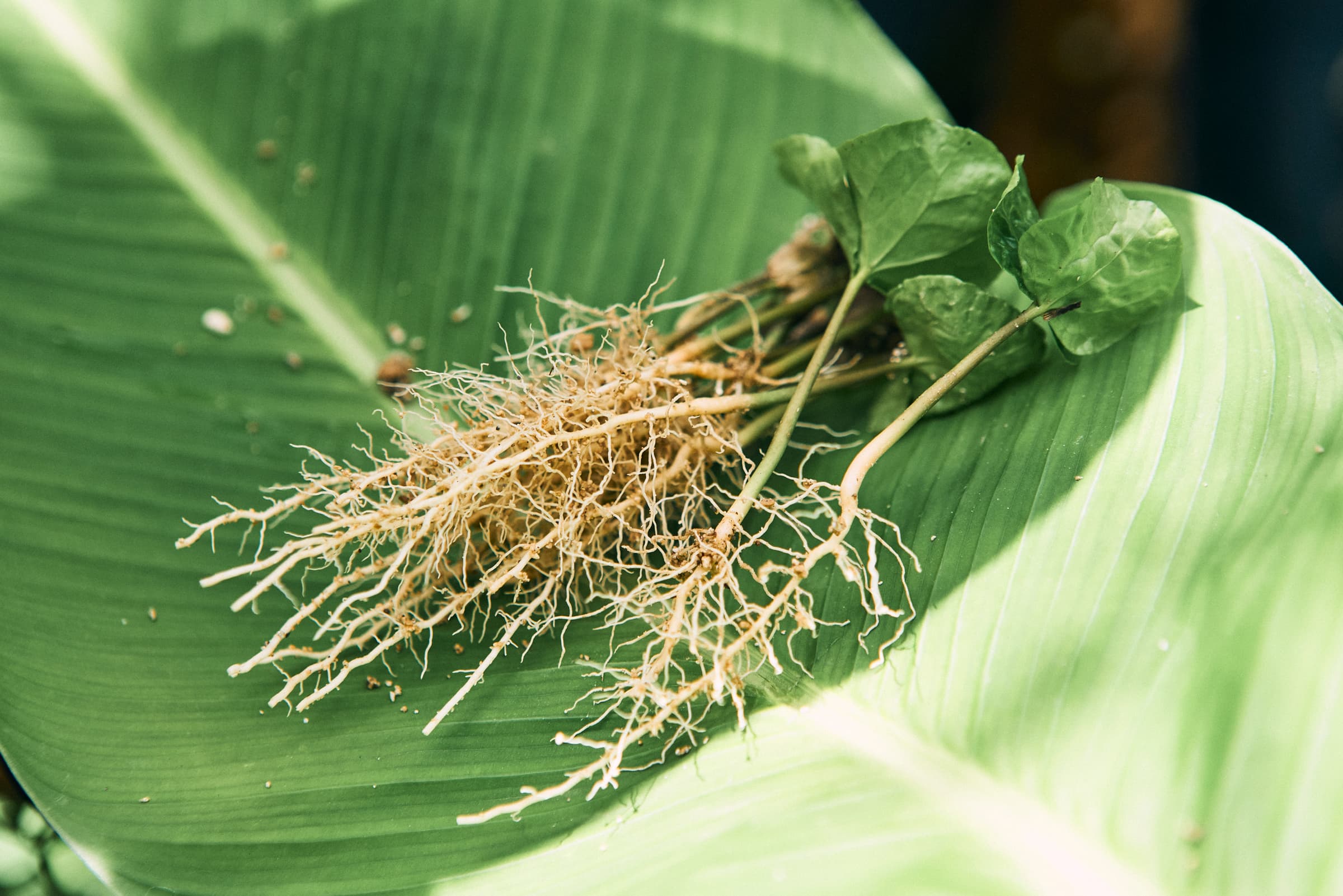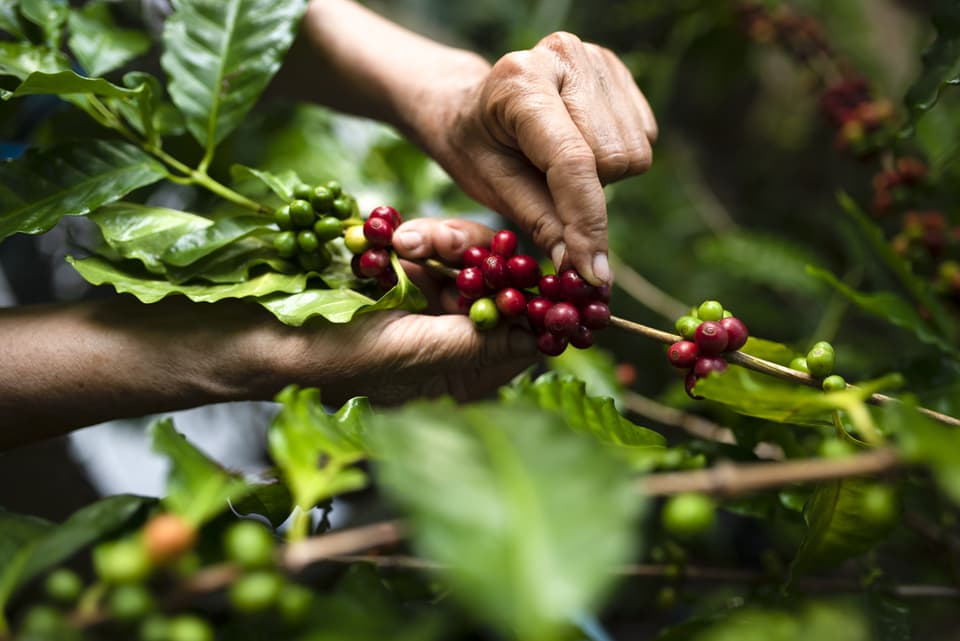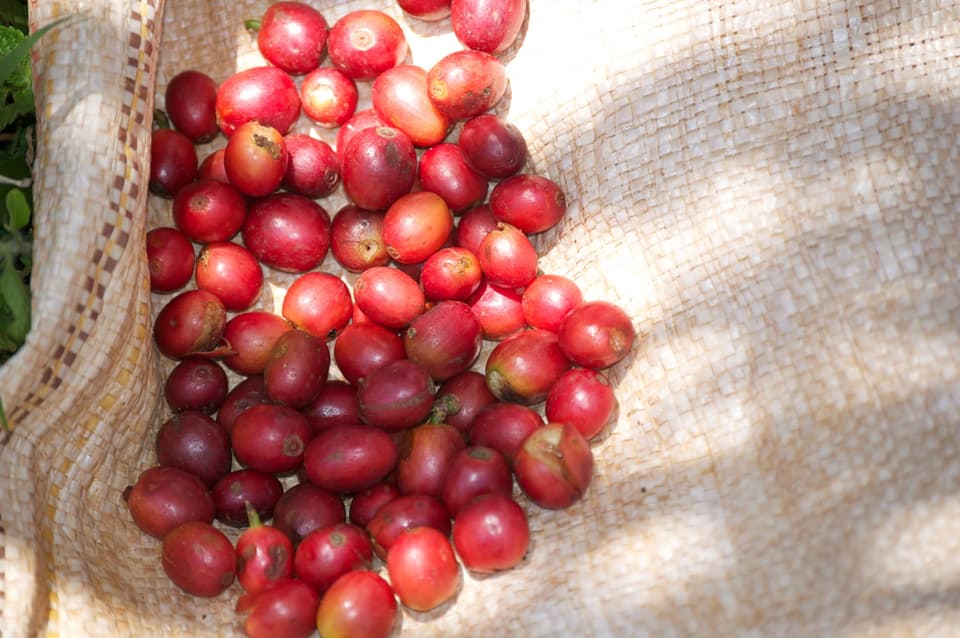Mexico is one of the world’s top 10 coffee exporters, with production concentrated in Chiapas, Veracruz, Puebla, and Oaxaca. While most output is commercial-grade washed arabica, the country is steadily expanding both its specialty coffee and its robusta production. Robusta is now grown in lowland areas of Veracruz, Chiapas, and Oaxaca, making Mexico the largest robusta producer in Mesoamerica.1 Despite having more coffee land under cultivation than its neighbors, average yields remain relatively low.1 Coffee plays a smaller role in Mexico’s national economy than in nearby countries, contributing less than 0.1% of total export value. Since 2015, national renovation programs have helped replant 150,000 hectares with 550 million rust-resistant and high-quality seedlings, such as Oro Azteca and Costa Rica 95, according to INIFAP. Government programs like Producción para el Bienestar and Sembrando Vida provide direct farmer support, though recent declines in funding and technical assistance threaten long-term sustainability.1 A 2025 study found that only 68% of coffee trees are in their peak production years (3-15 years old).2
1. USDA Coffee Annual: Mexico, 2025.
2. Mexico’s Coffee Value Chain, ICO 2025.









